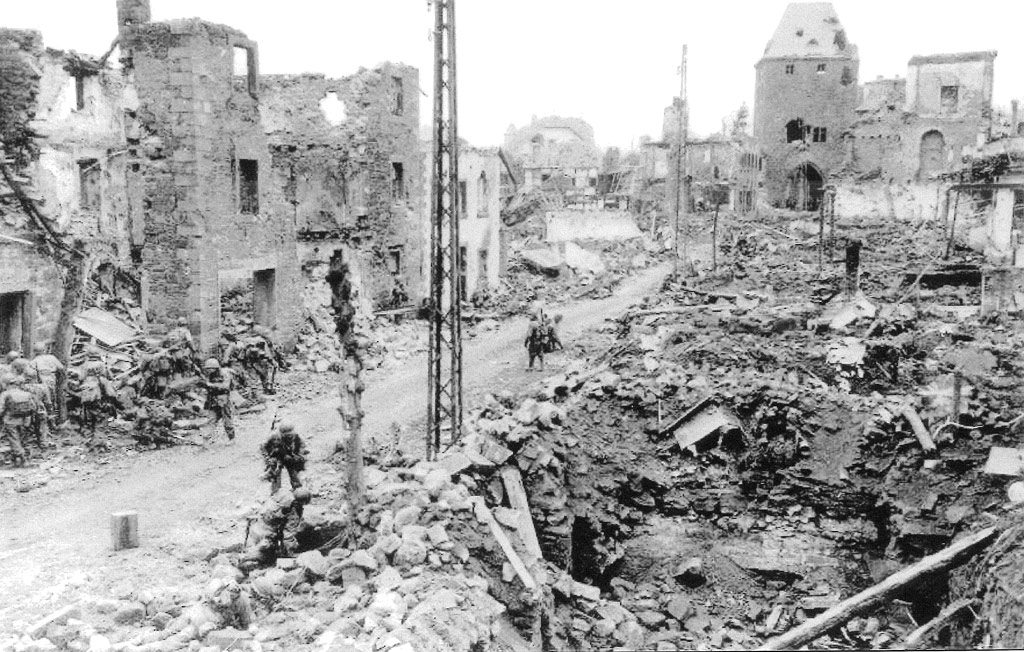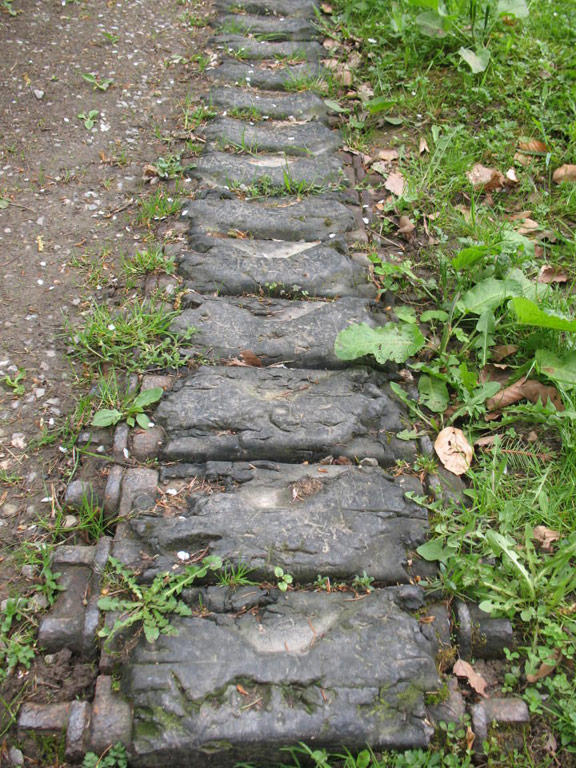- Point of Interest
- Heimbacher Straße 2, Nideggen, Allemagne
On 12 September 1944, the first U.S. troops crossed the German border near the ancient city of Aachen, with units pushing into the Huertgen Forest to secure their right flank. Underestimating the German defences and the difficulties of the terrain they suffered heavy losses during a bitter confrontation starting on 2 November, known as ‘The Battle for (the town of) Schmidt’.
On 12 September 1944, the first U.S. troops crossed the German border near the village of Roetgen outside of Aachen. In their advance toward Germany’s westernmost major city, units of the 1st U.S. Army pushed into the Huertgen Forest in the Eifel Mountains south of the city, to secure their flank. Initially the U.S. forces were unable to achieve any decisive breakthrough towards the Rhine. By mid-October they renewed their efforts. First they wanted to take the strategic important village of Schmidt to the northwest of the Rur Reservoir. On the morning of 2 November 1944, the so-called Battle for Schmidt – or, to the Germans, the Allerseelenschlacht (‘All Souls’ Day Battle’) commenced.
The U.S. 28th Infantry Division committed three regiments to the advance on Schmidt. On the second day, one regiment managed to reach the village church. The other two regiments however, found the going very tough in the thick woods, and suffered heavy losses. The American units in Schmidt then came under artillery fire from the German 89th Infantry Division and the 272nd ‘People’s Grenadier’ Division. American tanks sent in as support were disabled due to ignorance of the terrain.
Moreover, the U.S. troops had underestimated the German defences. The Germans, for their part, needed to hold the Huertgen Forest as a marshalling area for their planned offensive in the Ardennes – the Battle of the Bulge. All Allied attempts to organize resupply failed. The Americans on the bare ridge between Vossenack and Schmidt were pounded by German artillery until 8 November 1944, when their withdrawal was ordered.


